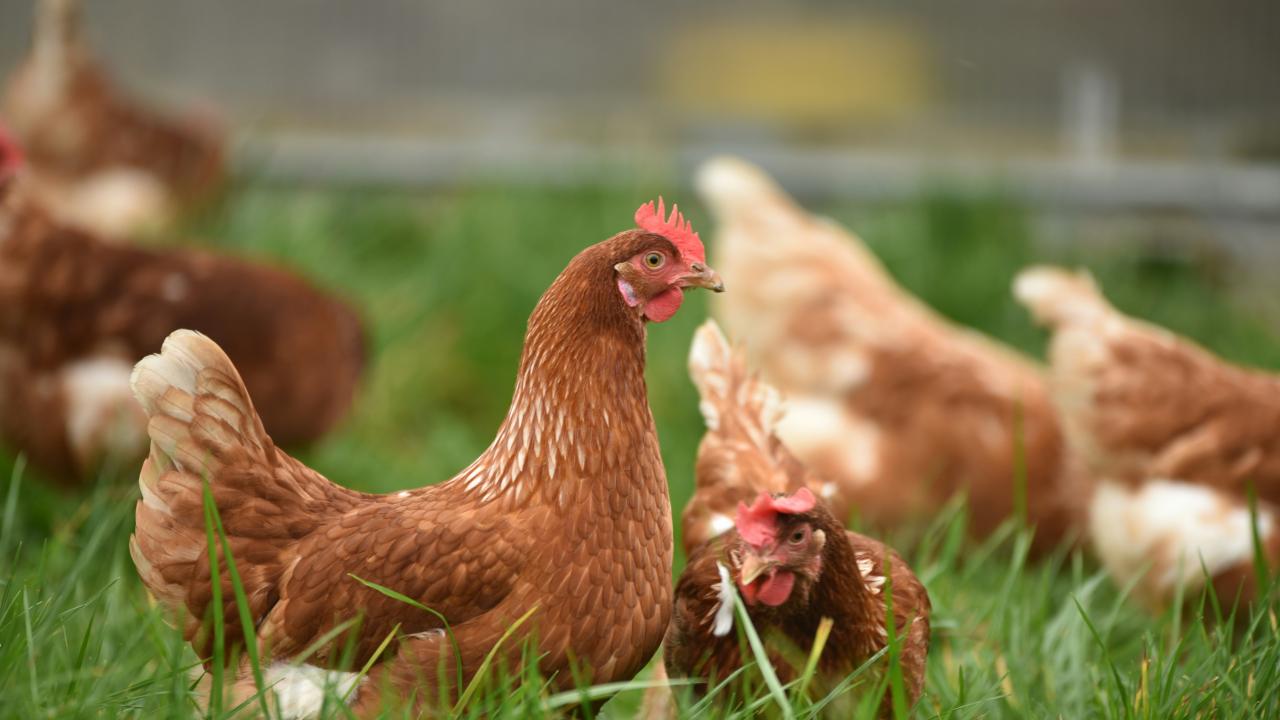Funding for preparations against deadly bird flu strain

A $95 million commitment by the Federal Government to prepare for the arrival of a potentially deadly strain of bird flu has been welcomed by conservation groups.
Australia is the only continent that remains free from avian influenza H5N1, but its rapid global spread has led to big impacts in poultry, wild birds and some mammal species, including respiratory illness, reduction in egg production and sudden death.
The funding means $37 million will go to protecting Australian agriculture, including $15 million to increase national biosecurity response capability and improve surveillance.
There will also be $5 million to boost biosecurity and scientific capability, including procuring vaccines for use in captive threatened bird species.
The Federal Government will spend $7 million to enhance wild bird surveillance activities to improve early detection and reporting capacity.
There will also be $35.9 million to boost environmental measures and protective action for threatened species and priority biodiversity.
An investment of $22.1 million will be used for public health preparedness by increasing the stockpile of flu vaccines, although human infections with avian influenza viruses are rare.
Agriculture Minister Julie Collins, Tasmanian MP for Franklin, said this strain of avian influenza presented a real and significant threat to Australia’s agriculture sector.
“Impacts this year from outbreaks of other strains of high pathogenicity avian influenza highlight the importance of investment in national preparedness,” she said.
Advocacy director of the Invasive Species Council, Jack Gough, welcomed the funding announcement.
“The Albanese Government is finally investing a serious amount into preparation for what could be the worst environmental disaster in Australia’s history,” he said.
Mr Gough said while it would be impossible to stop the disease arriving, vaccination, carcass removal and stopping disturbance could reduce death rates and save threatened species.
He said environment groups had been calling for the funding and the Government had listened.
“More funding will be required if this disease does hit our shores.”

Add new comment